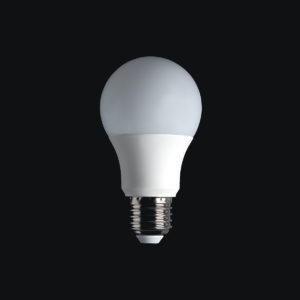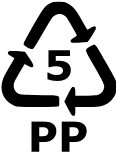
Year: 2020 and 2028
Market size: $500 million and $623.63 million, respectively
Today’s market size shows total global revenues for resorcinol in 2020 and projected for 2028. Resorcinol is an organic compound, a 1,3-isomer of benzenediol, with the molecular formula C6H6O2. It’s used in a variety of products from dermatologic medications to treat acne, eczema, and other skin disorders to flame retardants, adhesives, hair dyes, and cosmetics. It’s also used in tire manufacturing. In 2019, rubber products accounted for 50.7% of global consumption. This compound is used for fusing natural and synthetic rubber to steel, nylon, polyester, aramid, glass, and rayon fibers. Other end-uses in descending order of market size include ultraviolet stabilization, wood adhesives, flame retardants, and others.
Rising disposable income in many parts of the world is contributing to higher demand for passenger vehicles, which in turn is contributing to the demand for tires and the resorcinol used in manufacturing them. A study published in May 2021 by Global Industry Analysts Inc. predicts the global tire market will reach 2.9 billion units in 2027, up from 2.1 billion units in 2020. Increasing demand for electronics and electrical products is also contributing to growth in the resorcinol market. This chemical is used in flame retardants in these products. A third factor fueling growth is the increasing demand for light screening chemicals to protect plastics from ultraviolet rays.
The Asia-Pacific region had the highest market share by far in 2019 with about double the revenue of North America, the region with the second-highest share. Europe ranked third. By 2027, Asia-Pacific’s share of the market is expected to be more than triple that of North America, as demand in this region is expected to grow the fastest. Tires dominated the end-use for resorcinol in the Asia-Pacific region, especially in India, China, and Japan. In addition, the high demand for medications to treat skin ailments contributed to this high revenue share. Resorcinol is primarily used in adhesives for tires and wood products in North America. Growth in this region will come from the increasing demand for specialty adhesives in the military, aerospace, tooling, and automotive sectors. In Europe, demand is driven by the pharmaceutical companies that develop topical medications to treat skin disorders and infections. By country, China and the United States ranked first and second, respectively, in the consumption of resorcinol. In China, about 25% of resorcinol is used to make ultraviolet stabilizers. Sumitomo Chemical Advanced Technologies is the largest resorcinol producer in the world. Other major producers include Alfa Aesar, Dynea AS, Kraeber & Co. GmbH, Atul Ltd., Jiangsu Zhongdan Chemical Group Corp., Akrochem Corp., Euram Chemicals Ltd., and MilliporeSigma.
Sources: “Resorcinol Market Size to Reach USD 623.63 Million in 2028 from USD 500.0 Million in 2020, with Offline Leading Among the Distribution Channel Segments: Reports and Data,” CISION PR Newswire, August 26, 2021 available online here; “Resorcinol Market Size, Share and Industry Analysis by Production Method (Benzene Sulfonation, Meta-Diisopropylbenzene Preoxidation), by Distribution Channel (Online, Offline), by Application (Rubber Products, UV Stabilization, Wood Adhesives, Flame Retardants, Others) and Region, Segment Forecasts to 2028,” Reports and Data Report Description, April 2020 available online here; “PubChem Compound Summary for CID 5054, Resorcinol,” PubChem, National Center for Biotechnology Information available online here; “Tires: Global Market Trajectory & Analytics,” StrategyR Highlights & Report Index, May 2021 available online here; “Resorcinol,” Sumitomo Chemical Advanced Technologies available online here.Image source: erikmi, “car-tire-black-stacked-automobile-2413943,” Pixabay, June 17, 2017 available online here.








 Alpha olefins are organic compounds created by the processing of ethylene, a flammable hydrocarbon gas that occurs in natural gas, coal gas, and crude oil. It’s also a gas given off by ripening fruit. There are two types of alpha olefins: branched and linear. Linear alpha olefins, such as 1-butene, 1-hexene, 1-octene, and 1-decene, are created industrially by one of two processes: the oligomerization of ethylene or Fischer-Tropsch synthesis followed by purification. Three manufacturers’ processes have dominated alpha olefin processing: Chevron Phillips Chemical (CPChem), Ethyl (owned by INEOS) and Shell.
Alpha olefins are organic compounds created by the processing of ethylene, a flammable hydrocarbon gas that occurs in natural gas, coal gas, and crude oil. It’s also a gas given off by ripening fruit. There are two types of alpha olefins: branched and linear. Linear alpha olefins, such as 1-butene, 1-hexene, 1-octene, and 1-decene, are created industrially by one of two processes: the oligomerization of ethylene or Fischer-Tropsch synthesis followed by purification. Three manufacturers’ processes have dominated alpha olefin processing: Chevron Phillips Chemical (CPChem), Ethyl (owned by INEOS) and Shell. 
